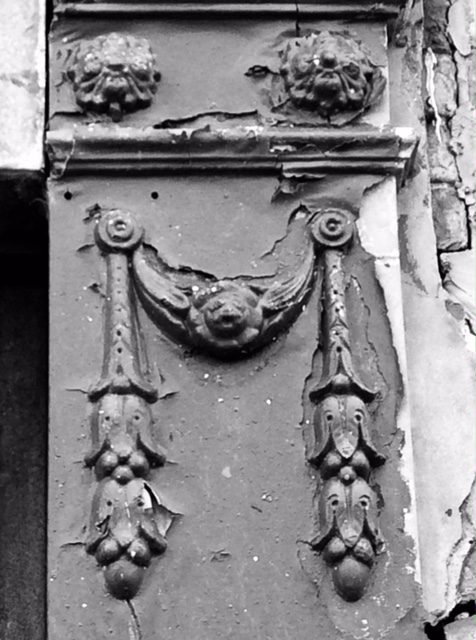Where the sun sinks and is caught
/By Kenn Taylor:
The city has its grids
This is one where the sun is absorbed
The disc itself fades
far off in the distance
behind towers
behind seas
Here though,
bookended by two busy roads
of bars, restaurants, entertainment halls
Are running
as warps to their weft
smaller streets
Taking you up and down
one of the city's few hills
A rare space of peace in the city
Quiet streets
some still Georgian
cobbled, mewsed
Punctuated by pubs nestling in corners
Pubs which give it lifeblood
Boxes of energy
in otherwise
often silent
throughfares
This is one of those places in the city
though,
where the energy lies buried
waiting to be dug up
All the faded red brick
Cracked paving stones
Black painted iron
Even occasional marble
and contemporary pre-fab
capture the sun as it retreats
As the gold and red bounces off surfaces
Reflects in dark glass
and double yellow lines
Brings brief heat to alley beer gardens and
casts shadows
long and lean
Sweat pricks brows nearing the top
High enough to watch the disc
slide away from view
Leaving only the vast
blood and honey glow
As you look back down the
long straight vista
and up beyond it
to the distance
the buildings step down beneath
That energy though
flowing through the streets
warp and weft
The ghosts of dwellers and idlers,
prophets and priests,
of the past
Remains even after dark
***
Kenn Taylor is a writer and creative producer with a particular interest in culture, community, class and place. He was born in Birkenhead and has lived and worked in Liverpool, London, Bradford, Hull and Leeds. His work has appeared in a range of outlets from The Guardian and City Monitor to Caught by the River, Entropy and Liverpool University Press.
www.kenn-taylor.com








